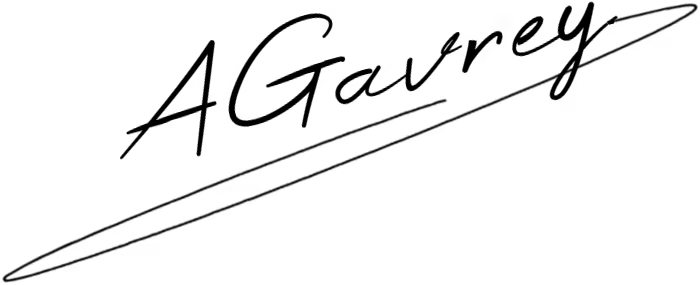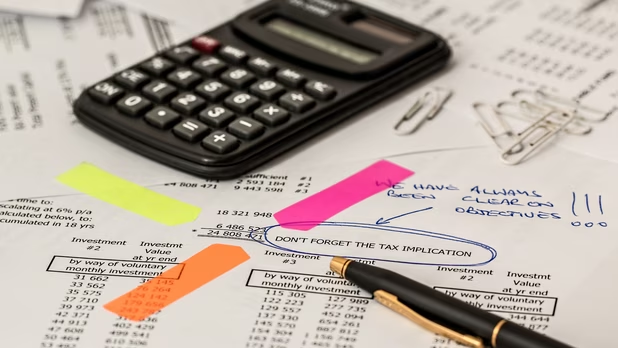Understanding New York (NY) Tax Rebates
New York State offers a variety of tax rebates that are designed to provide financial relief to its residents. These rebates can significantly reduce the overall tax burden, making it essential for taxpayers to understand the different types available and how to qualify for them. This guide will explore the most common NY tax rebates, eligibility criteria, application processes, and the impact these rebates can have on your tax liability.
Types of Tax Rebates Available in New York State
In New York, residents may be eligible for several types of tax rebates, each targeting different groups or specific circumstances. Understanding these rebates is crucial for maximizing your tax savings. Below, we will detail some of the most significant rebates, including the Property Tax Relief Credit, the School Tax Relief (STAR) Program, and the Earned Income Tax Credit (EITC).
The Property Tax Relief Credit is available to homeowners whose incomes meet specific thresholds. This rebate aims to alleviate the burden of property taxes by providing a credit against your state income tax. Meanwhile, the STAR Program is designed to reduce school taxes for eligible homeowners. The EITC offers additional relief to low-to-moderate-income working families, reducing their state income tax.
To benefit from these rebates, it is essential to meet the eligibility requirements, which often include income limits, property ownership, and residency. Detailed information on each rebate is provided in the following sections, along with guidelines on how to apply and maximize your savings.
Eligibility Criteria for New York Tax Rebates
Eligibility for New York’s tax rebates varies depending on the specific rebate program. However, common requirements include residency in New York State, filing a state income tax return, and meeting income thresholds. Below, we outline the eligibility criteria for some of the most popular rebates.
The Property Tax Relief Credit requires that you own and reside in your home and that your property taxes exceed a certain percentage of your income. Additionally, your income must fall below a set threshold, which may change annually based on inflation and state budget considerations.
For the STAR Program, eligibility depends on both income and age. The Basic STAR exemption is available to homeowners with a combined household income of less than $500,000, while the Enhanced STAR exemption is available to senior citizens aged 65 or older with incomes under $93,200. The EITC is available to working families and individuals with incomes below a certain level, and the amount of the credit varies based on income and the number of qualifying children.
How to Apply for New York State Tax Rebates
Applying for New York State tax rebates is a straightforward process, but it requires careful attention to detail to ensure that all information is accurate and submitted on time. The process typically involves completing specific forms, providing necessary documentation, and filing your state income tax return. Below, we provide an overview of the application process for the main rebates.
To apply for the Property Tax Relief Credit, you must file your state income tax return and include Form IT-214, which details your property tax payments and income. If you qualify for the STAR Program, you must apply through your local assessor's office or online, depending on your location. The application process for the EITC is integrated into your state tax return, and the credit is calculated automatically based on the information you provide.
It is crucial to apply for these rebates promptly, as missing deadlines can result in the loss of your rebate for the year. Additionally, ensure that all forms are filled out correctly to avoid delays or denials. Most applications can be completed online, which is often the quickest and easiest method.
Impact of Tax Rebates on Your Overall Tax Liability
New York State tax rebates can significantly reduce your overall tax liability, providing substantial savings on your state income tax. These rebates act as credits against your tax due, meaning they directly reduce the amount of tax you owe. In some cases, the rebate may even result in a refund if the credit exceeds your total tax liability.
For example, if you qualify for the Property Tax Relief Credit and the STAR Program, you could see a substantial reduction in your property-related tax obligations. Similarly, the EITC can lower your state income tax and increase your refund, especially for low-to-moderate-income families.
Understanding the impact of these rebates is essential for effective tax planning. By incorporating these credits into your tax strategy, you can optimize your tax savings and potentially reduce your tax liability to zero. However, it is important to remain aware of any changes in rebate programs or eligibility criteria, as these can affect your overall tax planning.
Recent Changes and Updates to New York Tax Rebates
The landscape of New York tax rebates is subject to change based on state budget decisions, legislative updates, and economic conditions. Recent years have seen several changes to the eligibility criteria, rebate amounts, and application processes for various rebates. Staying informed about these changes is crucial for ensuring that you receive the maximum benefit.
One of the most significant recent changes is the increase in income thresholds for the STAR Program, allowing more homeowners to qualify for the rebate. Additionally, the Property Tax Relief Credit has seen adjustments in its calculation formula, reflecting changes in property tax rates and median incomes across the state. The EITC has also been expanded to provide greater benefits to low-income working families.
It is important to regularly review the New York State Department of Taxation and Finance’s website or consult with a tax professional to stay updated on these changes. Failing to do so could result in missing out on valuable rebates or facing unexpected tax liabilities.
Common Mistakes and How to Avoid Them
Applying for New York State tax rebates can be complex, and many taxpayers make mistakes that could result in the denial of their rebate or delays in receiving it. Below, we outline some of the most common mistakes and provide tips on how to avoid them.
One of the most frequent errors is failing to submit the necessary documentation, such as proof of income or property ownership. Another common mistake is missing the application deadline, which can lead to forfeiting your rebate for the year. Additionally, inaccuracies in filling out forms, such as incorrect income reporting or property tax amounts, can result in delays or denials.
To avoid these mistakes, it is crucial to double-check all forms and documentation before submission. Ensure that you are aware of all deadlines and apply as early as possible. If you are unsure about any part of the application process, consider consulting with a tax professional who can provide guidance and help you avoid costly errors.
Table: Overview of Major New York State Tax Rebates
| Rebate Name | Eligibility Criteria | Rebate Amount | Application Process |
|---|---|---|---|
| Property Tax Relief Credit | Homeownership, Income Threshold | Varies by Income and Property Taxes | File with State Income Tax Return |
| STAR Program | Homeownership, Income Threshold, Age (for Enhanced STAR) | Up to Several Thousand Dollars | Apply through Local Assessor or Online |
| Earned Income Tax Credit (EITC) | Low-to-Moderate Income, Working Families | Varies by Income and Number of Children | Automatically Calculated on State Tax Return |
Maximizing Your Tax Rebate Benefits
Maximizing your New York State tax rebate benefits requires careful planning and a thorough understanding of the available rebates. By taking advantage of all the rebates for which you are eligible, you can significantly reduce your overall tax liability. Below, we offer some tips on how to maximize your tax rebate benefits.
First, ensure that you are aware of all the rebates you may qualify for. This may involve conducting research or consulting with a tax professional. Next, make sure to apply for these rebates as early as possible to avoid missing deadlines. Additionally, consider how your tax situation might change in the future, such as an increase in income or a change in property ownership, and plan accordingly.
Finally, keep up to date with any changes to rebate programs or eligibility criteria. Tax laws can change frequently, and staying informed is essential for maximizing your benefits. By following these steps, you can make the most of New York State’s tax rebate programs and reduce your tax burden significantly.
Conclusion: The Importance of Understanding NY Tax Rebates
New York State tax rebates offer valuable financial relief to residents, but understanding these rebates and how to apply for them is crucial for maximizing your benefits. From the Property Tax Relief Credit to the STAR Program and the EITC, these rebates can substantially reduce your overall tax liability. However, to take full advantage of these benefits, it is essential to be aware of eligibility criteria, application processes, and recent changes to the programs.
By staying informed and proactive, you can ensure that you receive the maximum rebate for which you are eligible, helping you to reduce your tax burden and keep more of your hard-earned money. If you are uncertain about any aspect of New York State’s tax rebates, consider seeking advice from a tax professional who can guide you through the process and help you avoid common pitfalls.
Ultimately, the key to benefiting from New York’s tax rebate programs is knowledge and preparation. With the right information and approach, you can make the most of these valuable opportunities and achieve significant tax savings.
Evaluation of IQTaxHub
Pros
Cons

August 13, 2024 at 3:38 p.m.
September 19, 2024 at 3:45 p.m.

